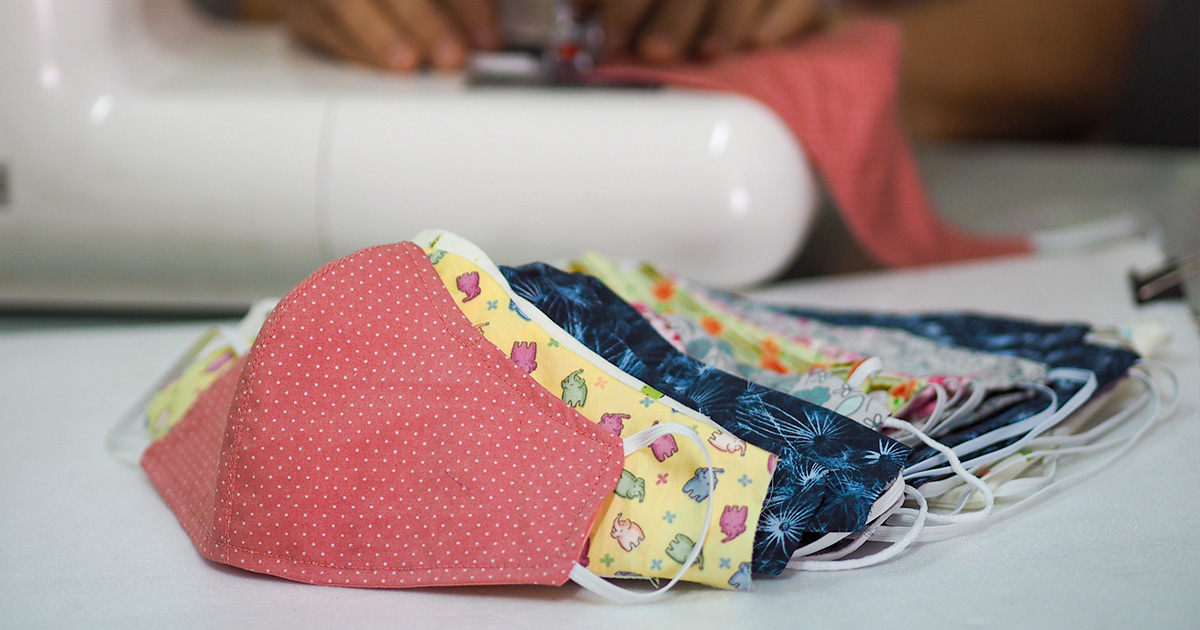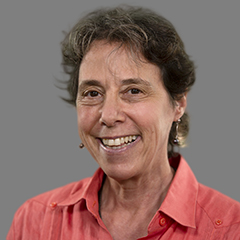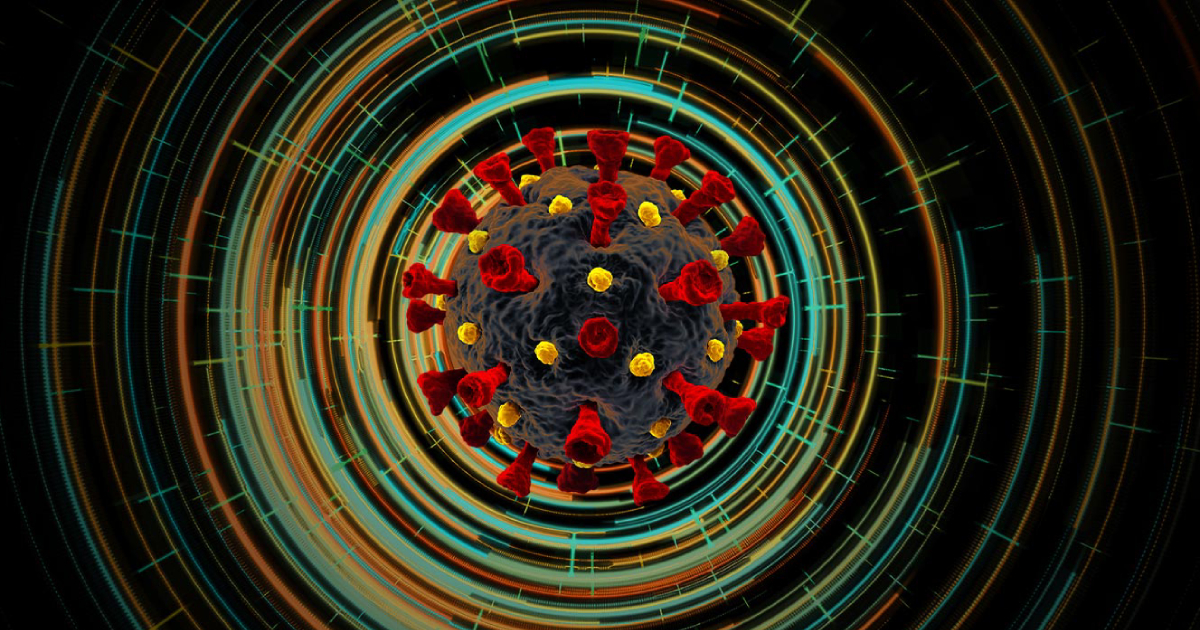A new disease suddenly appears out of nowhere. A handful of people get sick, a cluster appears in one city, then another on the other coast. Some deteriorate and die before loved ones can say goodbye. Doctors don’t report the disease to the Centers for Disease Control and Prevention for weeks until they realize it is contagious. The sick are ostracized, health care workers turn away patients with little chance of recovery, and politicians announce policies to quarantine those coming from certain countries.
A recap of the onset of coronavirus disease? No, this was the start of another epidemic 40 years ago: acquired immunodeficiency syndrome (AIDS).
Many times in the last few months, I have had flashbacks to the mid-1980s, when I worked for the San Francisco Health Department at the height of the AIDS epidemic. San Francisco General Hospital was overwhelmed, just as hospitals across the county are now overwhelmed by people needing intensive care for COVID-19. The speed with which the disease devastated its victims was as shocking with AIDS as it is for some of those who become sick with COVID-19. The number of deaths from AIDS rose exponentially, just as COVID-19 is taking a heavy toll in New York and other major cities.
In echoes of the past lie lessons for today: our country’s confrontation with AIDS can inform our battle against COVID-19. Though I was a witness to the San Francisco response to AIDS, rather than on the frontline, I learned how fear and stigmatization can be defeated by effective public health leadership and forceful community organizing.
Like COVID-19, which we thought initially struck only older people with underlying health conditions, HIV at first appeared to be restricted to a specific group of people: men who had sex with other men. Hence, it was originally called gay-related immune deficiency, or GRID, adding one more way to marginalize gay men who already faced discrimination in employment, civil rights, and other spheres of life. That made it easier to stoke fear of gay men and push them even further to the fringes of society. Some in the medical community refused to provide care for those with AIDS, and many politicians sought to impose quarantines. Dianne Feinstein, San Francisco’s mayor at the time, proposed to shut down the city’s gay bath houses. In 1987, the U.S. banned HIV-positive people from entering the country (a ban not lifted until 2009).
Quarantines can play a useful role in curbing contact among those who are contagious. But Mervin Silverman, director of the San Francisco Health Department in 1985, knew that fear and stigmatization would not be effective in containing the epidemic. Shutting down the bathhouses would just relocate risky sex to alleys and Golden Gate Park. Instead, he advocated for evidence-based public health strategies, such as education about the risk factors, including unprotected sex and needle sharing. He encouraged those at risk to get tested when the first blood test for HIV became available in 1985, even though there was no known treatment or cure at the time. (The first antiretroviral medication for HIV, azidothymidine (AZT), became available in 1987.) And he partnered with the gay community to educate and encourage testing.
Meanwhile, the gay community in San Francisco and in cities around the country had begun to mobilize in a fight for their lives. They distributed condoms and promoted safe sex in bathhouses and everywhere else. They set up clinics for gay men, which later expanded to serve intravenous drug users and others who became infected. They established social services agencies to provide housing, home-delivered meals, hospice care, and social support to those with AIDS. They worked with doctors and discharge planners at San Francisco General Hospital to smooth transitions between the hospital and homes and to coordinate care across multiple providers. They created foundations to support research on new treatments.
Since the beginning of the AIDS epidemic, about 75 million people have been infected with the HIV virus, and about 32 million people have died. Whether COVID-19 recedes or becomes an enduring feature of the epidemiological landscape like AIDS, the lessons learned fighting the AIDS epidemic can be applied to fighting the COVID-19 pandemic.
- Just as HIV-AIDS awareness campaigns became embedded in the public health arsenal, so must education and public awareness of measures to control the spread of COVID-19. Although knowledge about COVID-19 is now extensive, public education efforts must reach everyone and be maintained, especially as pressure builds to reopen the economy.
- Just as public health leaders sought to fight fear and stigmatization of AIDS victims with judicious use of quarantines and travel restrictions, today’s public health leaders must refute rash and ineffective policies that do little to halt the spread of COVID-19 measures.
- One of the most heartbreaking parallels between then and now is the isolation of those who become sick. Alleviating the emotional toll of COVID-19 requires partnerships among medical, public health, and social services agencies, as well as community groups and activists, to provide health care and social support to people with COVID-19.
The lessons for ensuring the public’s health are urgent, but the AIDS crisis imparts a crucial lesson for our country even after the spread of COVID-19 is contained. Just as the AIDS epidemic revealed the inequities in our country’s health care system, the COVID-19 crisis exposes imbalances in health care access and affordability for those without insurance and without adequate coverage. Just as the loss of lives to AIDS inspired a generation of activists to advocate for equal access to health care, so might the loss of life to COVID-19 inspire us to build a national health care system that covers everyone and treats all fairly, regardless of age, gender, race, nationality, income, or geographic location.



